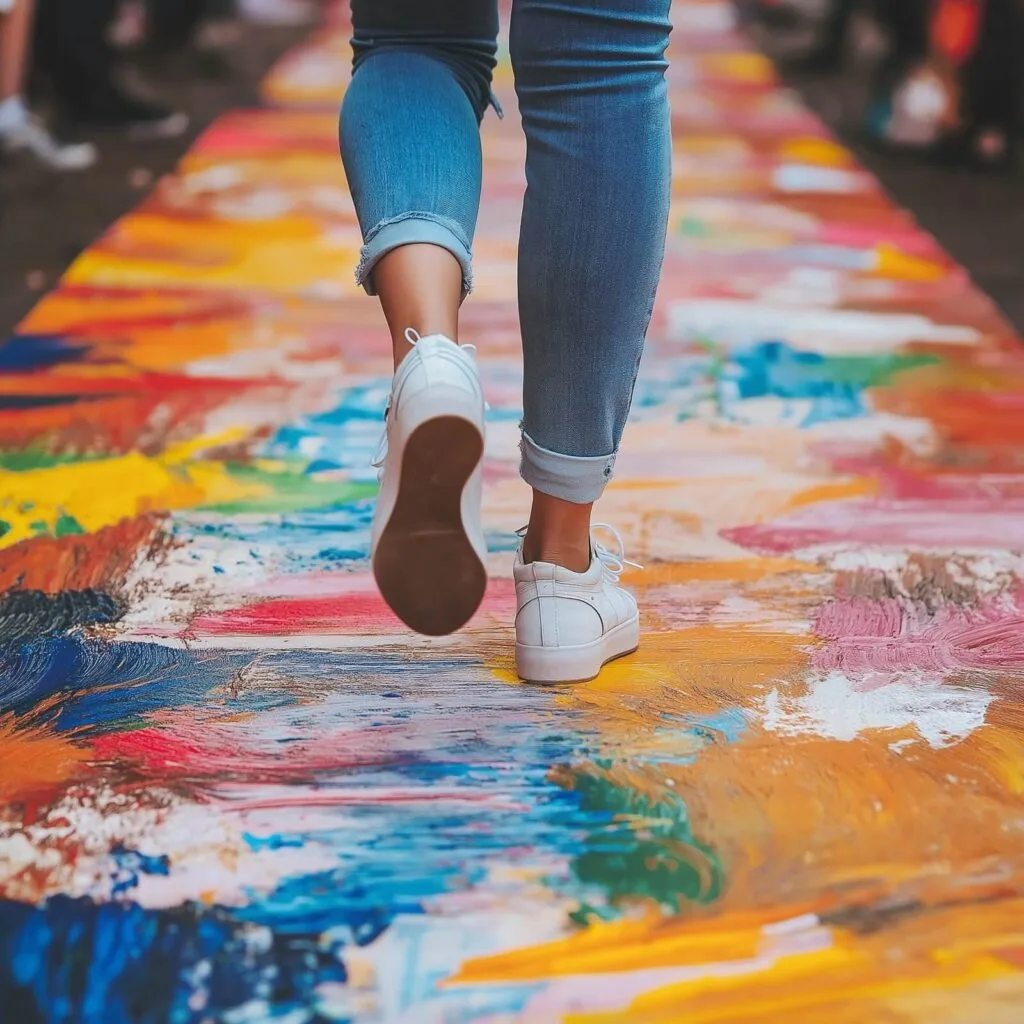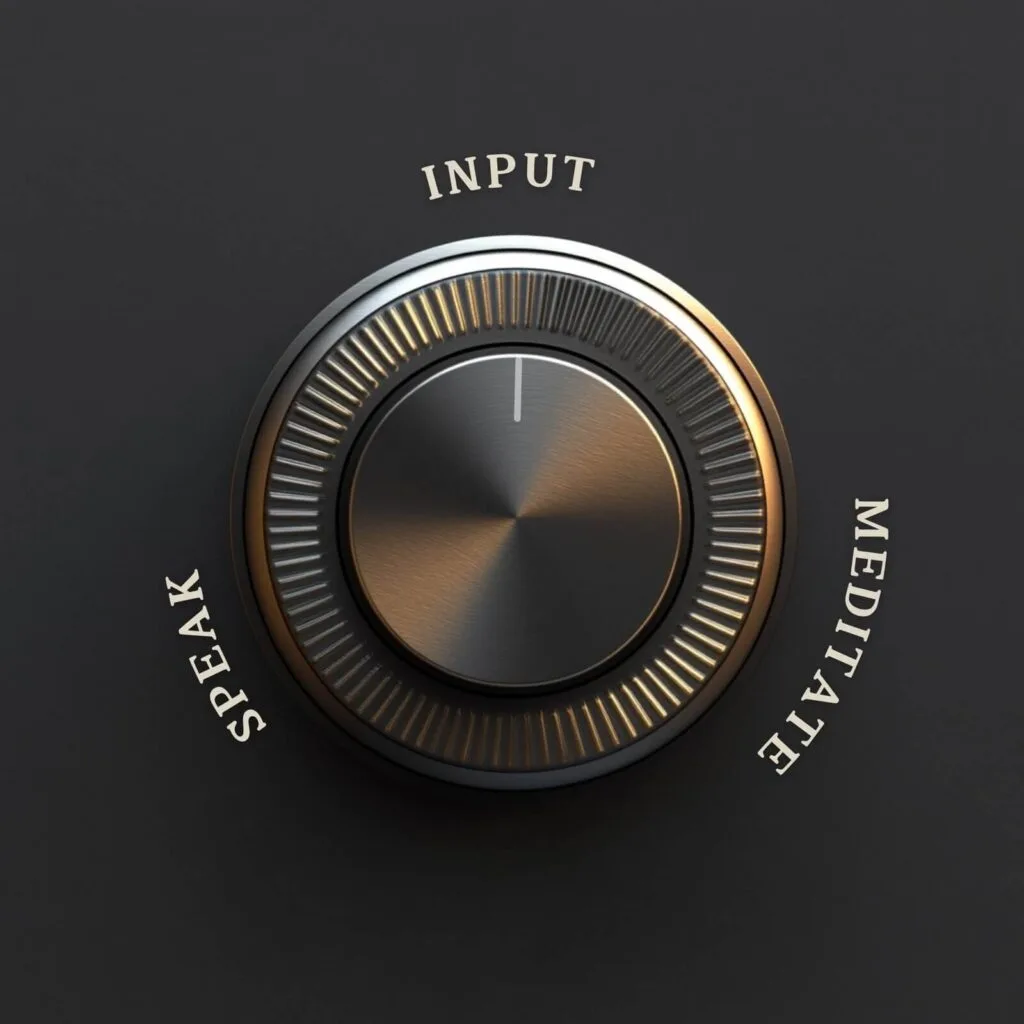How Walking Boosts Creativity: A Science-Backed Guide

Why Walking is a Catalyst for Creativity and Longevity
Picture this: You’re staring at a blank screen, deadline looming. Your mind’s as empty as your coffee cup. Now, imagine stepping outside, and with each footfall, ideas start flowing like a river…
Not all who wander are lost; some are on a Creativity Walk, finding solutions with every step.
Forget brainstorming at your desk—take a walk instead. It’s the simplest form of walking for creativity there is. A simple stroll can boost your creativity by a staggering 60%. Just imagine the ideas you could spark. If you’re asking how to boost creativity, this is your low-tech answer—all from a walk around the block. That’s not all: that very walk could also add up to 16 years to your life.
It’s true. According to Stanford University, walking doesn’t just stretch your legs—it stretches your mind. And to sweeten the deal, research from the University of Leicester found that a lifetime of brisk walking could make you biologically up to 16 years younger by midlife—based on telomere length analysis from over 400,000 participants.
Think about what that could mean for you. Whether it’s:
- Launching an ambitious entrepreneurial venture
- Making a bold career pivot
- Finally, turning your obsession into a full-time gig
Those extra years and that creative boost might be the game-changer you’ve been waiting for.
In the Footsteps of Geniuses: The Walking Habit of Great Minds
History’s greatest minds have harnessed the power of walking. Plenty of famous people who walked weren’t doing it for steps:
- Albert Einstein took walks to untangle complex problems
- Friedrich Nietzsche’s deep philosophical insights were often sparked during his walks in the Swiss Alps
- Nikola Tesla used walking as a mental reset, fueling world-changing innovations
- Charles Dickens wandered 20 miles a day through London, drawing inspiration for his unforgettable novels
- Beethoven found his muse on long walks in the countryside
- Steve Jobs, never one to follow the crowd, turned walking into a powerful tool for decision-making, often holding meetings on the move
They weren’t alone. From Socrates to Haruki Murakami, J.R.R. Tolkien to Søren Kierkegaard, and Henry David Thoreau to Winston Churchill—countless brilliant minds spanning centuries and disciplines have relied on walking to solve problems, generate ideas, and drive their work forward.

Breathing is a natural, autonomous action—something we do without thinking. Yet, when done with intention, it becomes the foundation of meditation, a gateway to mindfulness, clarity, and inner peace.
In the same way, walking is a natural, everyday movement. But when done with purpose, it transforms into a powerful catalyst for creativity and idea flow.
Mindful breathing centers the mind; intentional walking frees it.
When done with intention, walking doesn’t just open up creative pathways—it also delivers a wealth of physical benefits.
The Science Behind Walking’s Transformative Power
The Whole-Body Upgrade
Think walking is just about getting from point A to B? Think again. It’s like nature’s own medicine cabinet, helping you fend off:
- Cardiovascular disease
- Strokes
- Diabetes
- Several types of cancer—particularly colon and breast cancer
It even helps protect your hips and vertebrae from fractures. How about physical fitness? Walking at a moderate pace actually burns more fat than high-intensity workouts.
The Brain-Boosting Benefits of Increased Blood Flow
But the real magic happens when we look at its impact on mental functions and cognitive performance.
Research from the Journal of Experimental Psychology shows that walking helps ideas flow freely. It’s a simple way to boost your creativity while staying active. This is how walking and creativity are connected.
The best ideas often emerge during a walk. Walking significantly increases cerebral blood flow (CBF), flooding the brain with the oxygen and nutrients it needs to perform at its peak.
This increase in blood flow leads to:
- Increased Creativity: Enhances divergent thinking, generating multiple, varied, and unique ideas, i.e., brainstorming.
- Mental Clarity and Focus: Clears mental clutter, helping you focus on what truly matters.
- Improved Mood: Alleviates stress and anxiety, promoting overall well-being.
- Enhanced Cognitive Performance: Sharpens your mind, improving memory and learning capacity.
- Positive Emotional Effects: Promotes positive emotions, especially when walking without a specific destination.
- Mental Resilience: One of the longer-term benefits of walking for the brain.
Ever notice how a simple walk can lift your mood after a tough day? That’s not a coincidence—it’s your brain responding to increased blood flow and those feel-good endorphins kicking in.
Introducing ‘Creativity Walks’: Your Superpower for Idea Generation
For creatives, walking is more than just a habit—it’s a superpower. It can be the defining factor that separates achievers from non-achievers in the world of creative careers.
This is where “Creativity Walks” come into play. These walks are the focus of this guide, offering a win-win solution for both your body and mind.
Creativity Walk (noun):
A purposeful walk that boosts your creative thinking. It’s like taking your brain for a stroll, where each step helps spark new ideas and solve problems.
In essence, it’s more than just exercise – it’s a walk that helps you think better and come up with fresh ideas. You move your legs, and your mind follows, often leading to “Aha!” moments.
Ready to transform your daily routine? Let’s uncover the secrets to making these walks truly powerful.
How to Start Your Creativity Walk Practice
Choosing the Right Gear
Here’s your essential gear list:
- Comfortable Shoes: This is your foundation. Forget the latest athletic trends—focus on comfort and familiarity. The ideal shoes have weathered at least 20,000 steps with you, molding perfectly to your unique stride. Remember, minor discomfort can become major distraction over distance. My go-to choices are Asics and Ecco Biom.
- Mobile Headset: Your secret weapon for inspiration on the move. It’s perfect for listening to audiobooks or podcasts, and great for self-talk sessions without drawing attention—it just looks like you’re on a phone call. This discreet tool keeps your mind engaged and your creative juices flowing.
- Step Counter (Optional): While not essential, tracking your steps can add a sense of accomplishment to your creative journey. Most smartphones have this feature built-in, or you can opt for a smartwatch or fitness band. Prefer to keep it simple? Just time your walks instead.

Selecting the Best Path for Uninterrupted Flow
Where should your Creativity Walks take you?
Choose paths that are easily accessible from your daily haunts, but keep these key factors in mind:
- Distraction-Free Zone: Seek routes that allow your mind to wander without constant interruption. Including car horns, shop windows, chatty neighbors.
- Embrace the Wanderlust: Forget point A to point B. Your Creativity Walk should feel like an exploration, not a commute. Think of it as a dance between your thoughts and your steps. Unlike indoor mindfulness walks (which have their place), Creativity Walks thrive on the unpredictability and inspiration of the outside world.
“It’s not the destination that matters. It’s the change of scene.” — Haruki Murakami
- Convenience is Key: Your ideal route should seamlessly integrate into your daily life.
While natural landscapes like parks, riverbanks, or trails are creativity goldmines, don’t let their absence stop you. A quiet street or any path that offers a change of scenery can be just as effective. Remember, it’s the shift in perspective that sparks new ideas.
What could your next Creativity Walk unlock for you?
The Only Rule You Need to Follow
Forget everything you’ve heard about the “right” way to walk—just keep your shoulders back and move as you naturally do. This isn’t about perfect posture or gait; it’s about letting your body and mind flow together freely and without restriction.
Your Creativity Walk should have only one goal:
To reach your step count or duration.
Any additional tasks, no matter how small, it can disrupt the flow of creativity. Need to pick up groceries on your way? Leave it for later. Tempted to collect a package from a nearby locker? Resist the urge. These seemingly minor errands can easily pull you out of the creative zone, breaking the stream of thoughts that makes these walks so powerful.
Keep your focus solely on the walk itself. Allow your mind to wander and explore, unburdened by mundane tasks.
The SIM Approach: 3 Modes for Your Creativity Walk
Your Creativity Walks can take on different modes, each stimulating different aspects of your creativity. Choose the one that best fits your needs at the moment:
- Input Mode
- Speak Mode
- Mindfulness Mode
Remember it as SIM for short.

1. Input Mode: Your Mobile Classroom
Transform your walk into a mobile classroom, absorbing knowledge with every step.
How to engage: Plug in your headphones and choose content that resonates with your current projects or interests—be it an audiobook on a new skill, an insightful podcast, or an inspirational speech. Let your mind soak up information as your feet carry you forward.
Why it works: The Journal of Experimental Psychology found that walking while listening can enhance learning and memory. This combination stimulates your brain, helping you absorb information more effectively and connect ideas in innovative ways.
When to engage: Use this mode to enhance your knowledge input and spark new connections.
Example: Working on a new marketing strategy? Listen to a podcast about innovative branding techniques as you walk, and watch fresh ideas emerge.
2. Speak Mode: Your Private Brainstorming Session
Turn your walk into a private brainstorming session, where your thoughts become a dialogue.
How to engage: Wearing your mobile headset, engage in a real conversation with yourself. Speak your thoughts out loud as you walk, turning your ideas into a dialogue that can help you process and refine them. You often get ideas while walking that you’d never find staring at a screen.
As chess grandmaster Savielly Tartakower humorously noted, “I talk to myself because I like dealing with a better class of people.” And there’s science to back this up.
Why it works: Research in Psychological Science shows that talking to yourself out loud engages areas of the brain linked to creativity, focus, and problem-solving. This self-dialogue also helps process emotions, making it easier to tackle complex issues.
“Self-talk is the most powerful form of communication because it either empowers you or it defeats you.” – Wright Thurston
When to engage: This mode is particularly useful when you need to
- think through problems
- generate fresh ideas
- process emotions.
Example: You’re developing a new concept for a book or article but are unsure about how to structure it. Use your walk to articulate different ways to approach the narrative, considering different angles and perspectives out loud.
3. Mindfulness Mode: Your Mental Reset Button
Use your walk as a moving meditation, clearing your mind and opening it to new possibilities.
How to engage: Mindfulness Mode is about being fully present during your walk. Focus on the sensations of walking—the rhythm of your steps, the feel of the air, or the sounds around you.
Instead of following complex guides, stick to the essence of 48 different mindfulness practices: awareness of the present moment through Focused Attention and Acceptance.
- Focused Attention: Bring your full attention to a specific sensation—the movement of your legs, the air against your skin, the sound of your steps, or a scent in the air. Whichever you feel like.
- Acceptance: Accept the experience of walking exactly as it is, without trying to change anything.
Spend at least 15 minutes in this state to untangle your mind and restore your mental capacity.
That’s the reset power of mindful walking—it doesn’t need a mantra.
When to engage: Use Mindfulness Mode when you need to reset mentally, reduce stress, and prepare to return to creative work with renewed clarity and focus.
Example: You’re facing a creative block, whether in writing, art, or another form of expression. As you walk, shift your focus to your surroundings—the sights, sounds, and smells—without judgment, allowing your mind to reset and break free from the block.
How to Maximize the Benefits of Your Walks
– Finding Your Ideal Step Count and Duration
Walking 7,000 to 8,000 steps a day is a game-changer for your health, but pushing it to 10,000 steps can do wonders not just for your body, but for your creativity too.
Studies back it up: while 10,000 steps is often touted by the Mayo Clinic and others, the real sweet spot for boosting both mind and body lies between 8,000 and 10,000 steps.
My journey with Creativity Walks started with experimentation. After trying everything from 5K bursts to long 20K treks, I discovered that two 5K walks a day hit the sweet spot for keeping my mind sharp and my creativity flowing. The physical benefits? They’re the perfect bonus.
Here’s the point: you don’t have to hit 10K all at once. Break it down—two 5,000-step walks, or even three 3,000-step strolls. As you build the habit, you’ll discover your own rhythm.
Besides, there’s something satisfying about reaching that 10K mark. It’s not just a physical win; it’s a mental victory that tells your brain, “We’re getting somewhere.”
– Timing Your Walks for Maximum Impact
If your work involves creativity, you’re likely already structuring your day into focused time blocks, typically 90 to 120 minutes of deep work. I find that slipping a Creativity Walk between these blocks is the best practice.
I know it can be hard to find time in a busy schedule, but think of these walks as investments in your creativity. They’re not just another item on your to-do list; they’re a chance to recharge and come back stronger. They are a part of creative work.
Next Steps: Make Creativity Walks Part of Your Daily System
Walking is accessible, easy, and delivers instant, tangible results. Creativity Walks aren’t just a tool—they’re a lifestyle choice, one that seamlessly blends physical vitality with mental acuity, fueling your creative output like never before.
Every day you’re not taking Creativity Walks is a day of missed opportunities and untapped potential. Can you really afford to wait?
Frequently Asked Questions (FAQ)
Q1: How long should a Creativity Walk be?
Aim for 7,000 to 10,000 steps a day, which research links to both health and creativity gains.
That doesn’t mean you need to hit 10K in one go—two 5,000-step walks or even three 3,000-step strolls throughout your day work just as well.
The key is consistency and rhythm. Find the walking duration that sharpens your thinking and energizes your mind.
Q2: What’s the difference between a normal walk and a Creativity Walk?
A normal walk is passive—you’re just moving.
A Creativity Walk is intentional—your attention is directed toward idea flow, insight, or emotional processing.
It’s like the difference between breathing unconsciously and meditating through breath.
You walk with a purpose, and that purpose fuels your mind.
Q3: Do I need to walk in nature for it to work?
Nature is ideal, but not required.
The real unlock is changing your environment.
Whether it’s a park, a quiet street, or even just a new neighborhood route, the point is to escape mental autopilot.
Pick something convenient that feels different from your usual workspace. That shift in context triggers fresh thinking.
Q4: What is the best mode for overcoming writer’s block?
Try Speak Mode or Mindfulness Mode, depending on what’s stuck.
- If you’re wrestling with structure or trying to generate ideas, use Speak Mode: talk your thoughts out loud and let the words shape themselves.
- If your mind feels overloaded or numb, go with Mindfulness Mode: observe your surroundings without judgment and let clarity return on its own.
Both will get you unstuck—but in different ways. They’re both solid ways to overcome creative block, depending on what’s stuck.






